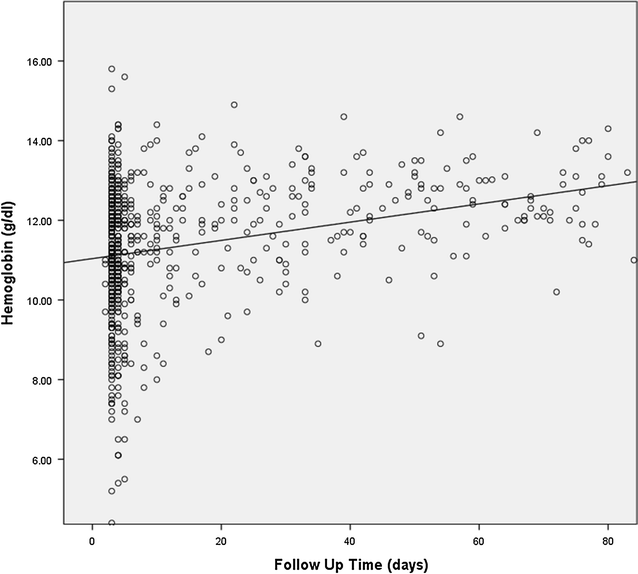Achieving community-based postpartum follow up in eastern Uganda: the field experience from the MamaMiso Study on antenatal distribution of misoprostol
- PMID: 29073923
- PMCID: PMC5658951
- DOI: 10.1186/s13104-017-2849-5
Achieving community-based postpartum follow up in eastern Uganda: the field experience from the MamaMiso Study on antenatal distribution of misoprostol
Abstract
Background: Advance provision of misoprostol to women during antenatal care aims to achieve broader access to uterotonics for the prevention of postpartum hemorrhage. Studies of this community-based approach usually involve antenatal education as well as timely postpartum follow-up visits to confirm maternal and neonatal outcomes. The MamaMiso study in Mbale, Uganda sought to assess the feasibility of conducting follow-up visits in the postpartum period following advance provision of misoprostol for postpartum hemorrhage prevention. MamaMiso recruited women during antenatal care visits. Participants were asked to contact the research team within 48 h of giving birth so that postpartum follow-up visits could be carried out at their homes. Women's baseline and delivery characteristics were collected and analyzed with respect to follow-up time ('on time' ≤ 7 days, 'late' > 7 days, and 'lost to follow up'). Every woman who was followed up late due to a failure to report the delivery was asked for the underlying reasons for the delay. When attempts at following up participants were unsuccessful, a file note was generated explaining the details of the failure. We abstracted data and identified themes from these notes.
Results: Of 748 recruited women, 700 (94%) were successfully followed up during the study period, 465 (62%) within the first week postpartum. The median time to follow up was 4 days and was similar for women who delivered at home or in facilities and for women who had attended or unattended births. Women recruited at the urban hospital site (as opposed to rural health clinics) were more likely to be lost to follow up or followed up late. Of the women followed up late, 202 provided a reason. File notes explaining failed attempts at follow up were generated for 164 participants. Several themes emerged from qualitative analysis of these notes including phone difficulties, inaccurate baseline information, misperceptions, postpartum travel, and the condition of the mother and neonate.
Conclusions: Keeping women connected to the health system in the postpartum period is feasible, though reaching them within the first week of their delivery is challenging. Understanding characteristics of women who are harder to reach can help tailor follow-up efforts and elucidate possible biases in postpartum study data. Trial Registration Number ISRCTN70408620 December 28, 2011.
Keywords: Birth; Community-based; Follow up; Misoprostol; Postpartum hemorrhage; Self-administration; Uganda.
Figures

References
-
- Mobeen N, Durocher J, Zuberi NF, et al. Administration of misoprostol by trained traditional birth attendants to prevent postpartum haemorrhage in homebirths in Pakistan: a randomised placebo-controlled trial. BJOG Int J Obstet Gynaecol. 2011;118:353–361. doi: 10.1111/j.1471-0528.2010.02807.x. - DOI - PMC - PubMed
-
- Wannmacher L. Safety Profile of Misoprostol for Obstetrical Indications. Commissioned report for the 18th WHO Expert Committee on the Selection and use of Essential Medicines (March 2011). http://www.who.int/selection_medicines/committees/expert/18/applications....
MeSH terms
Substances
Associated data
Grants and funding
LinkOut - more resources
Full Text Sources
Other Literature Sources
Medical

